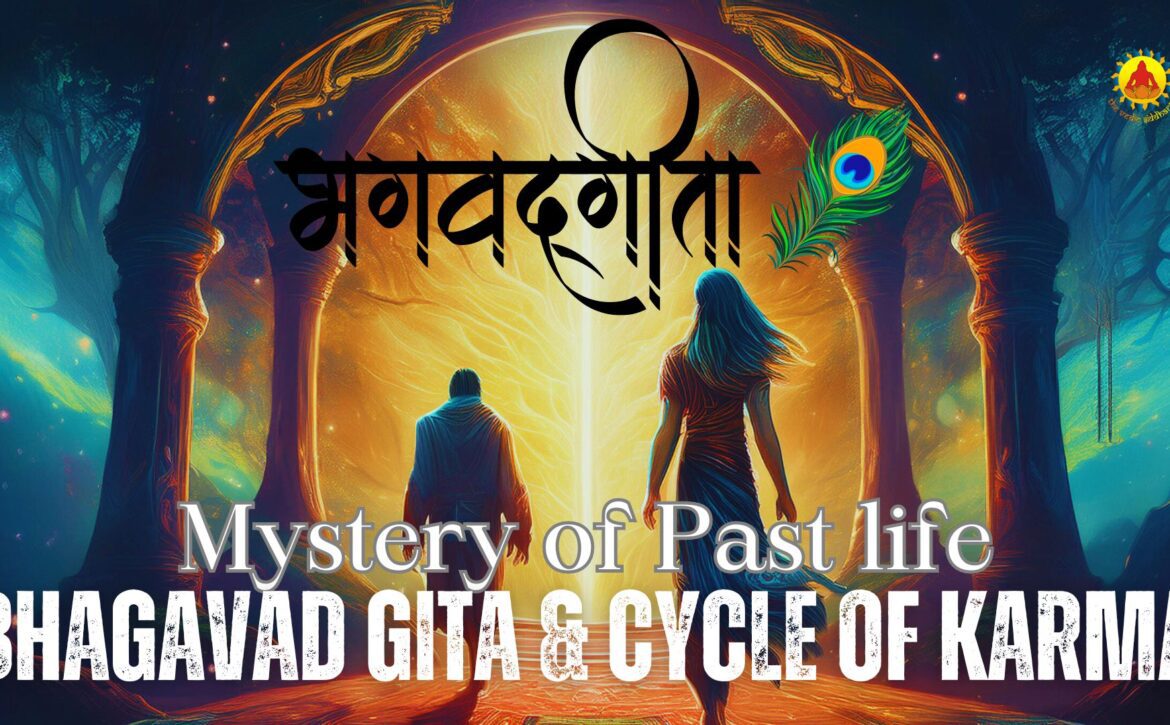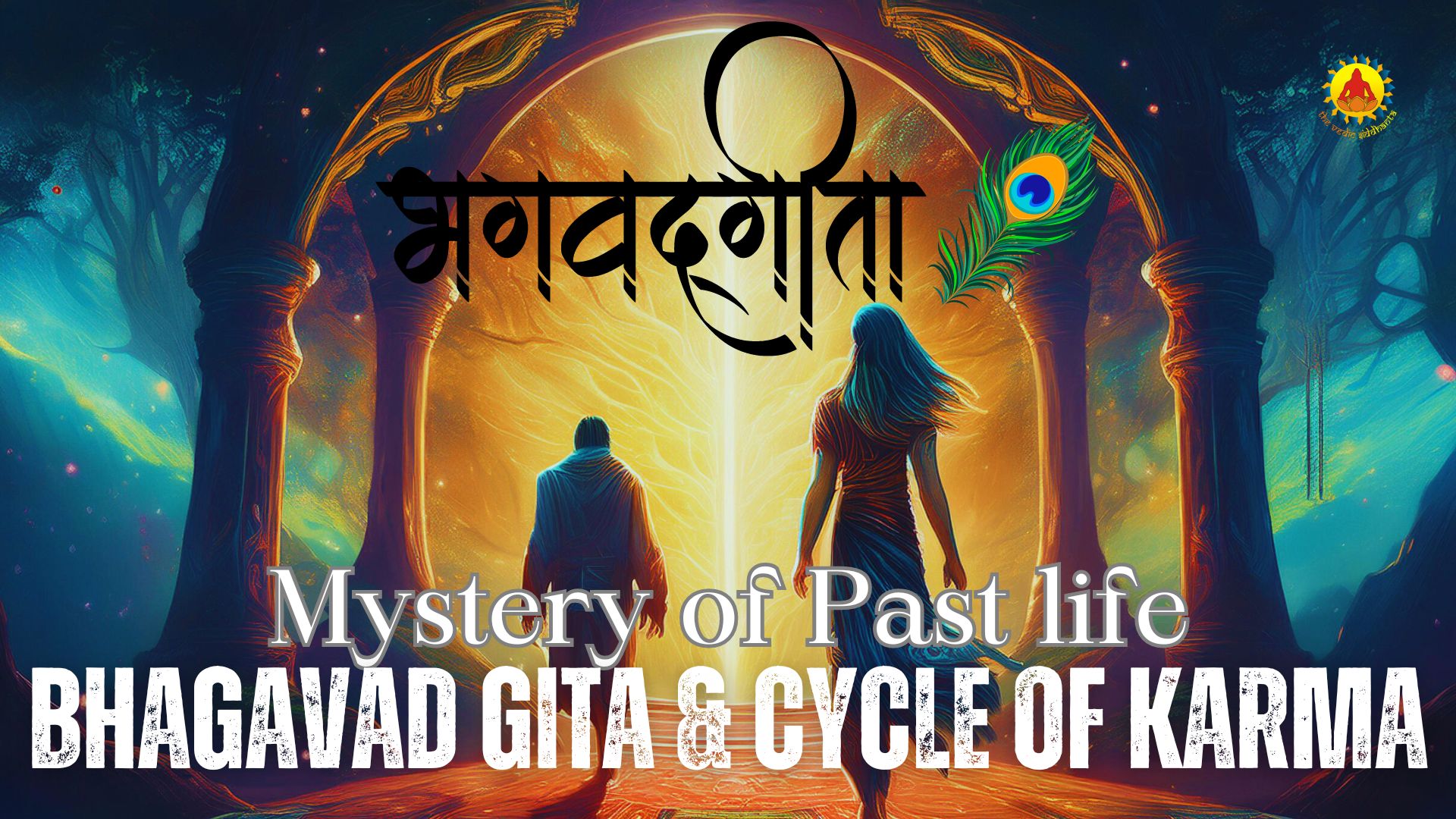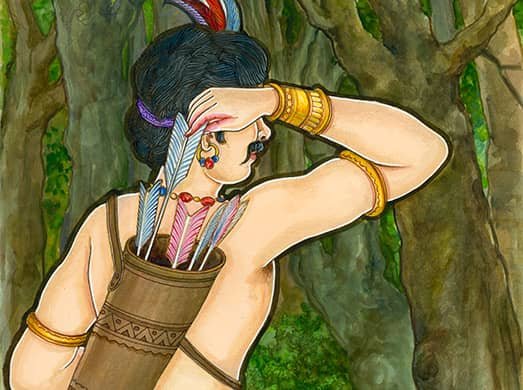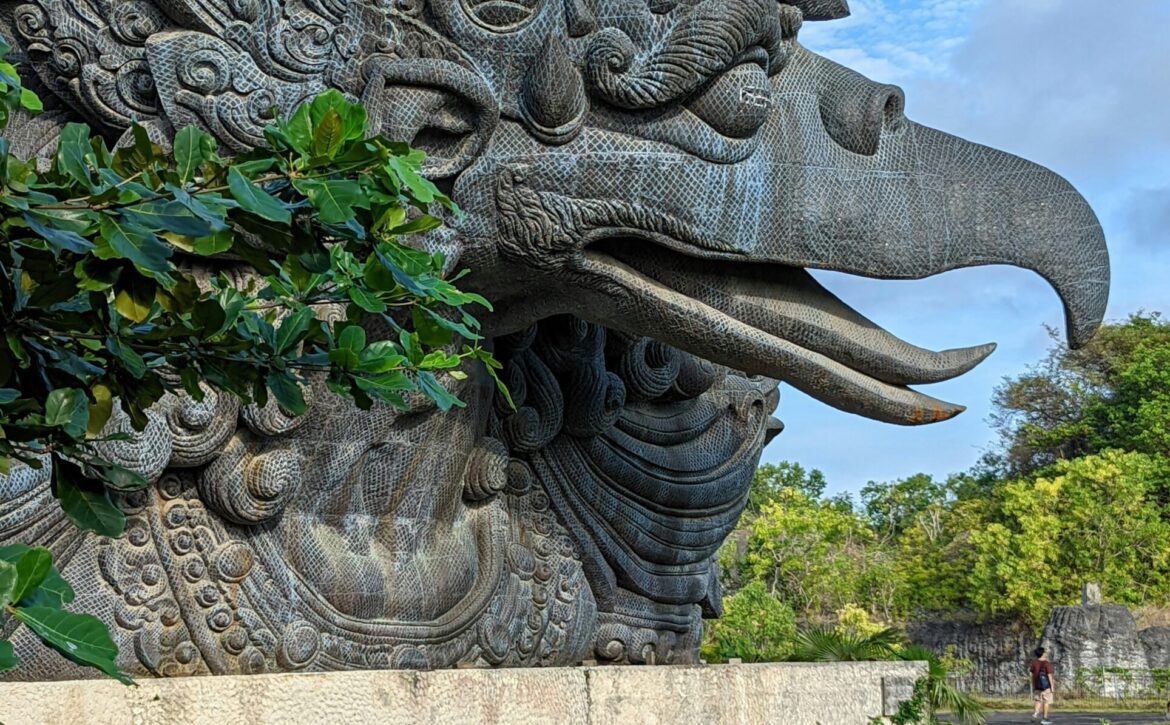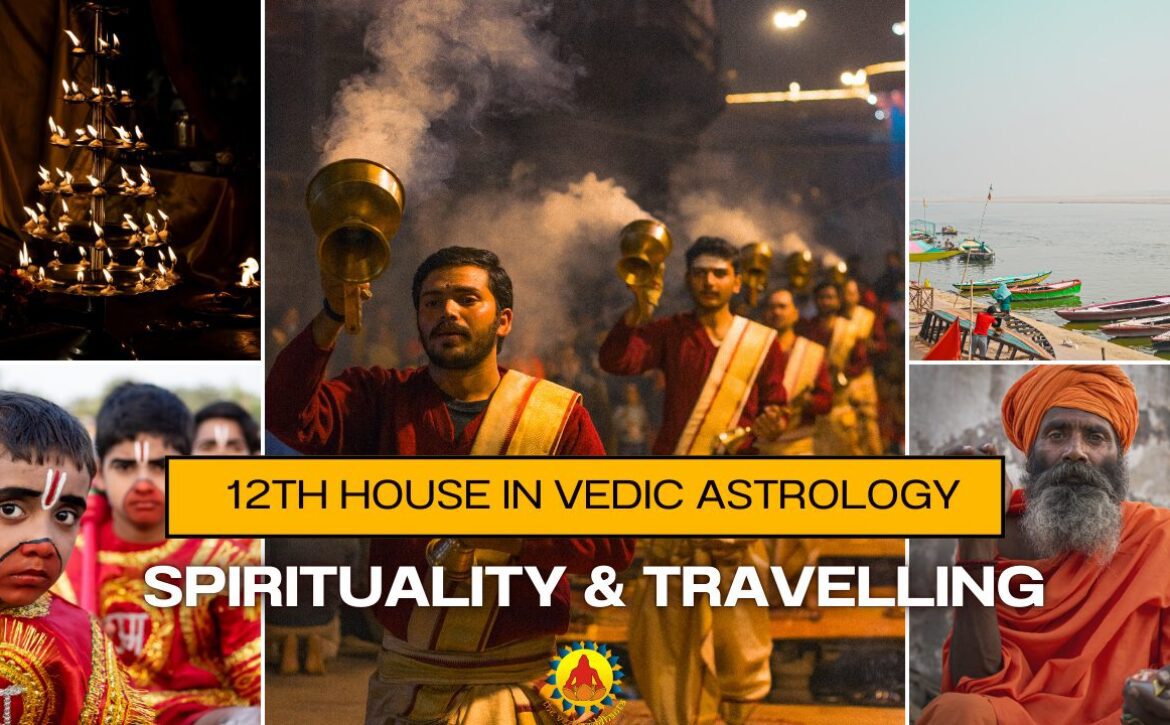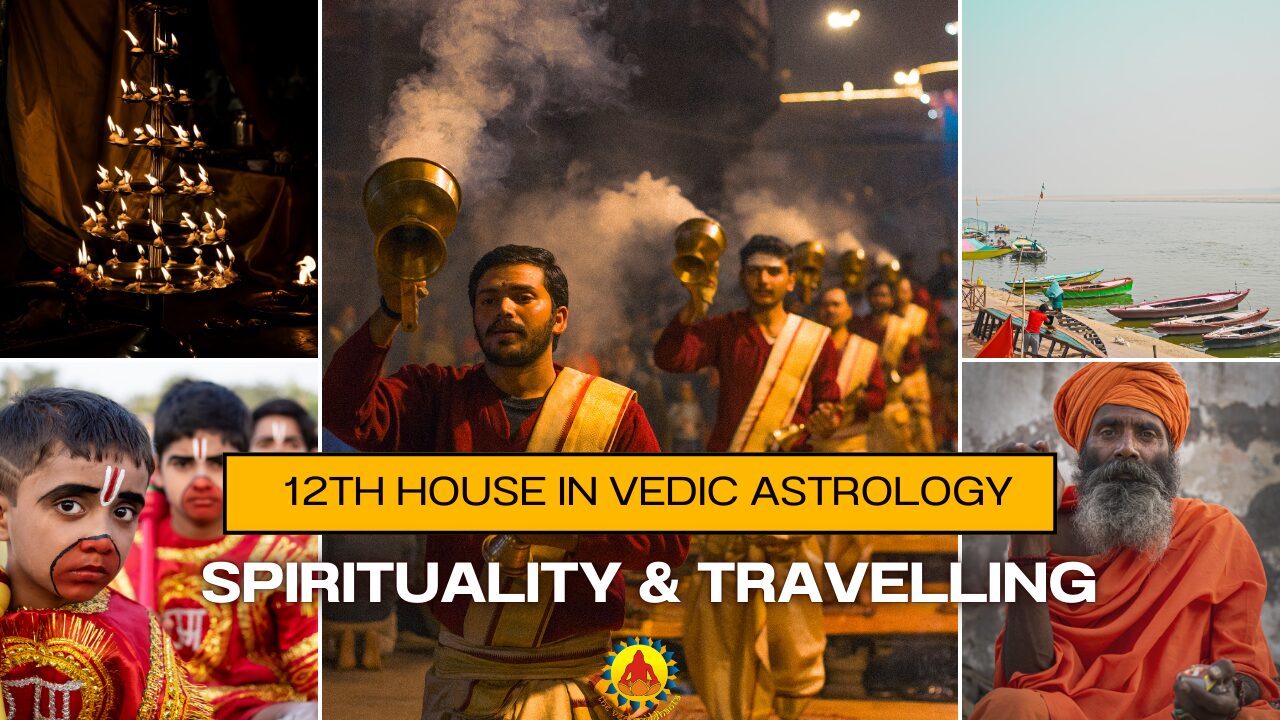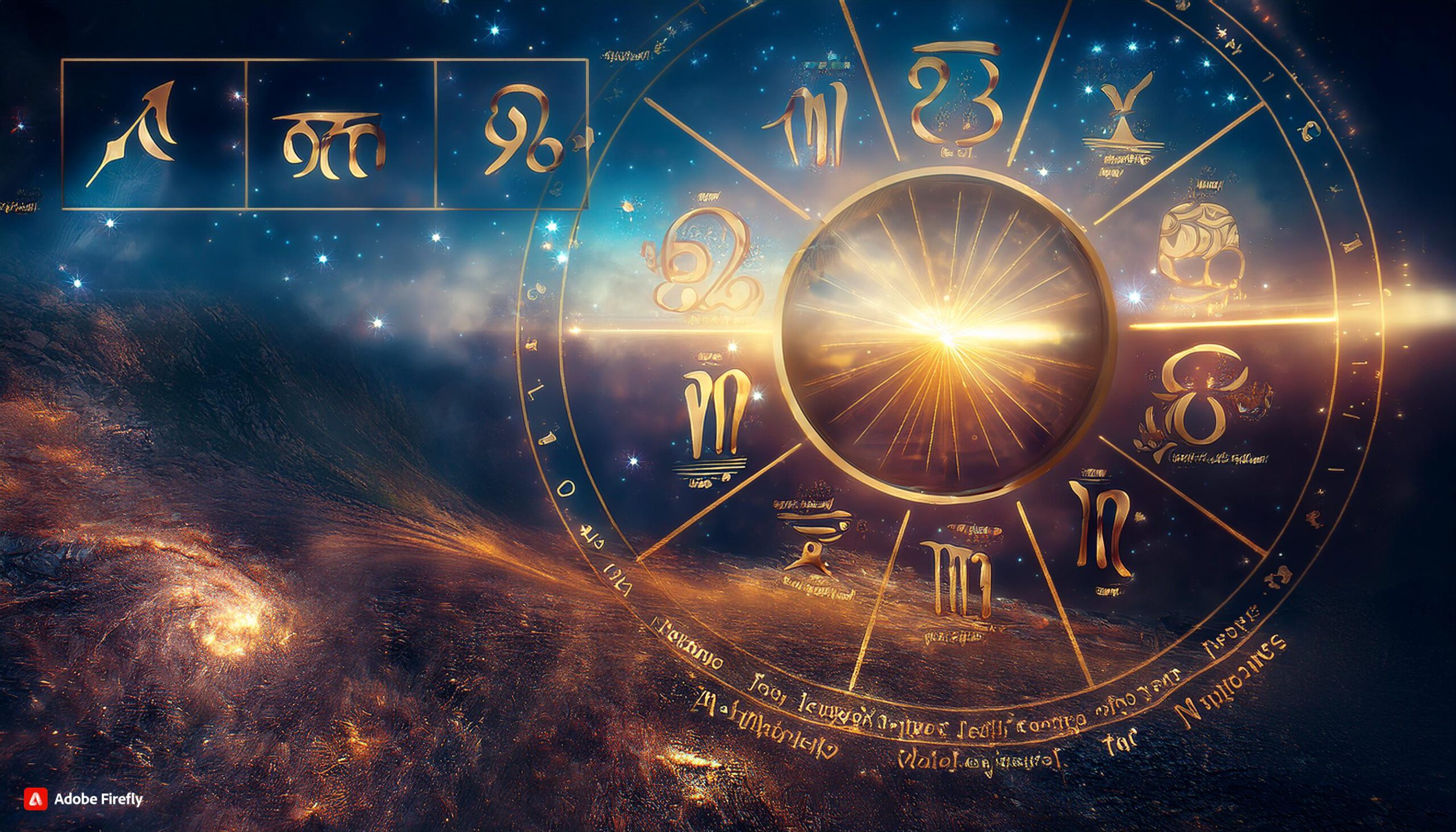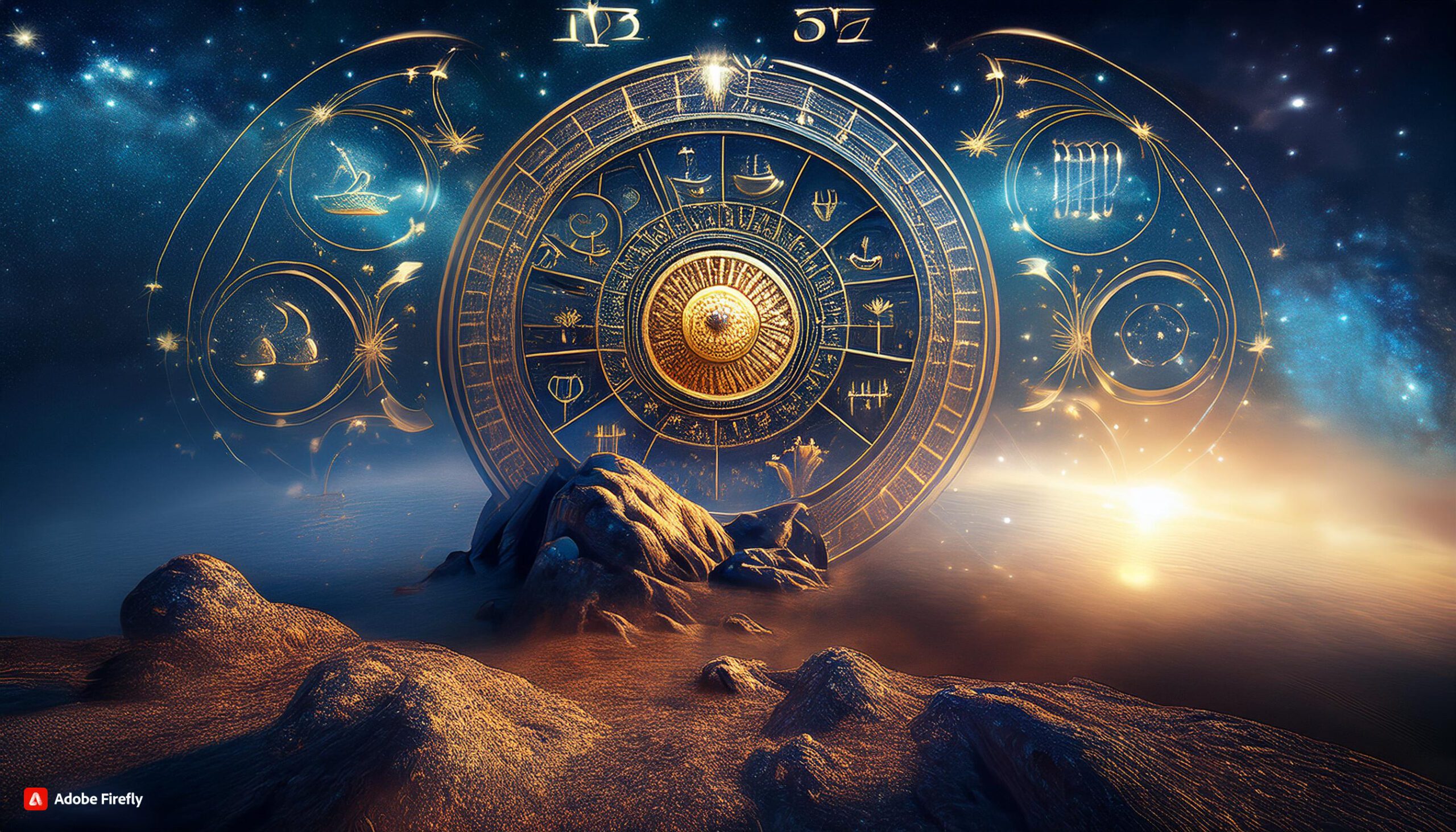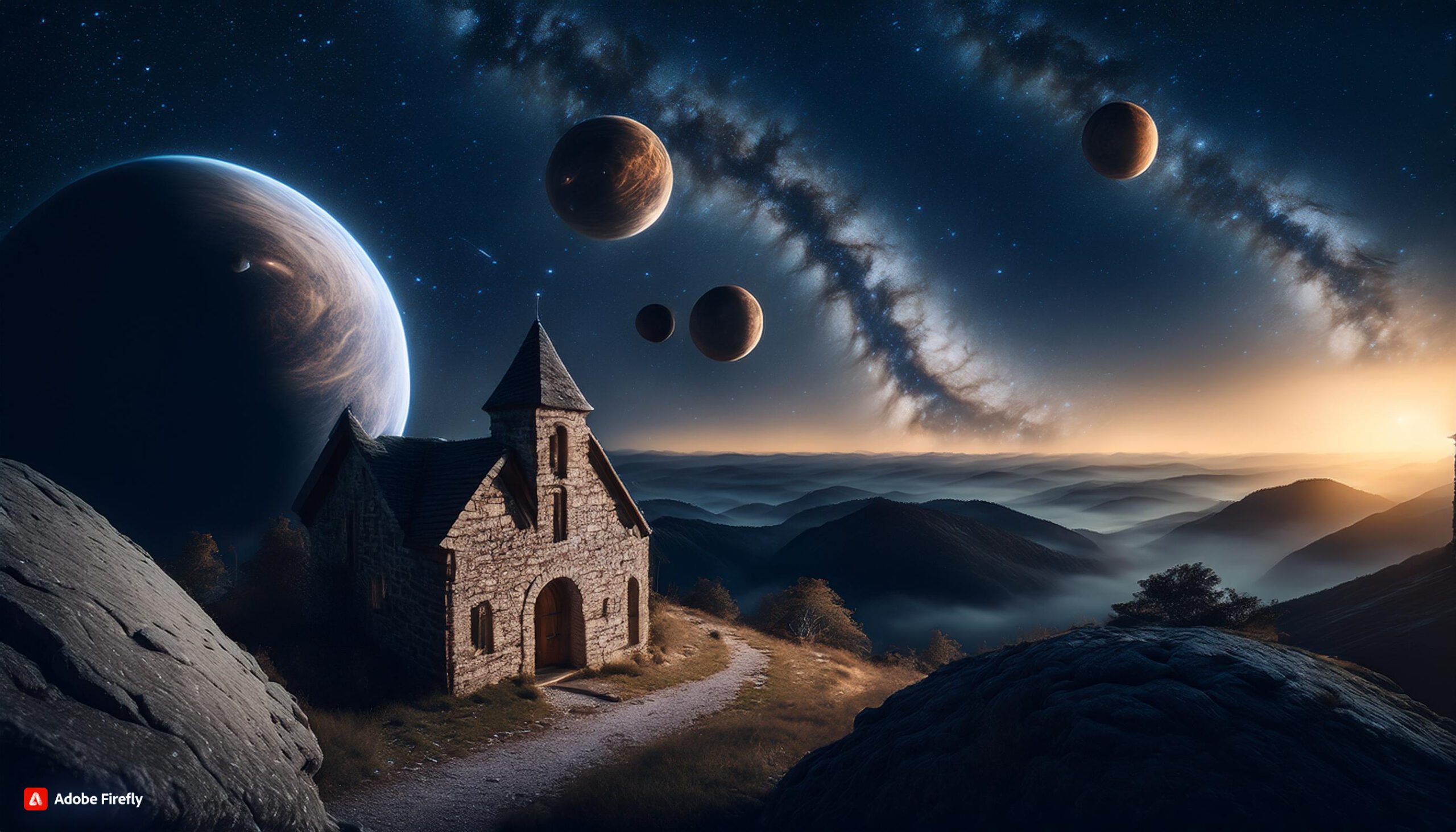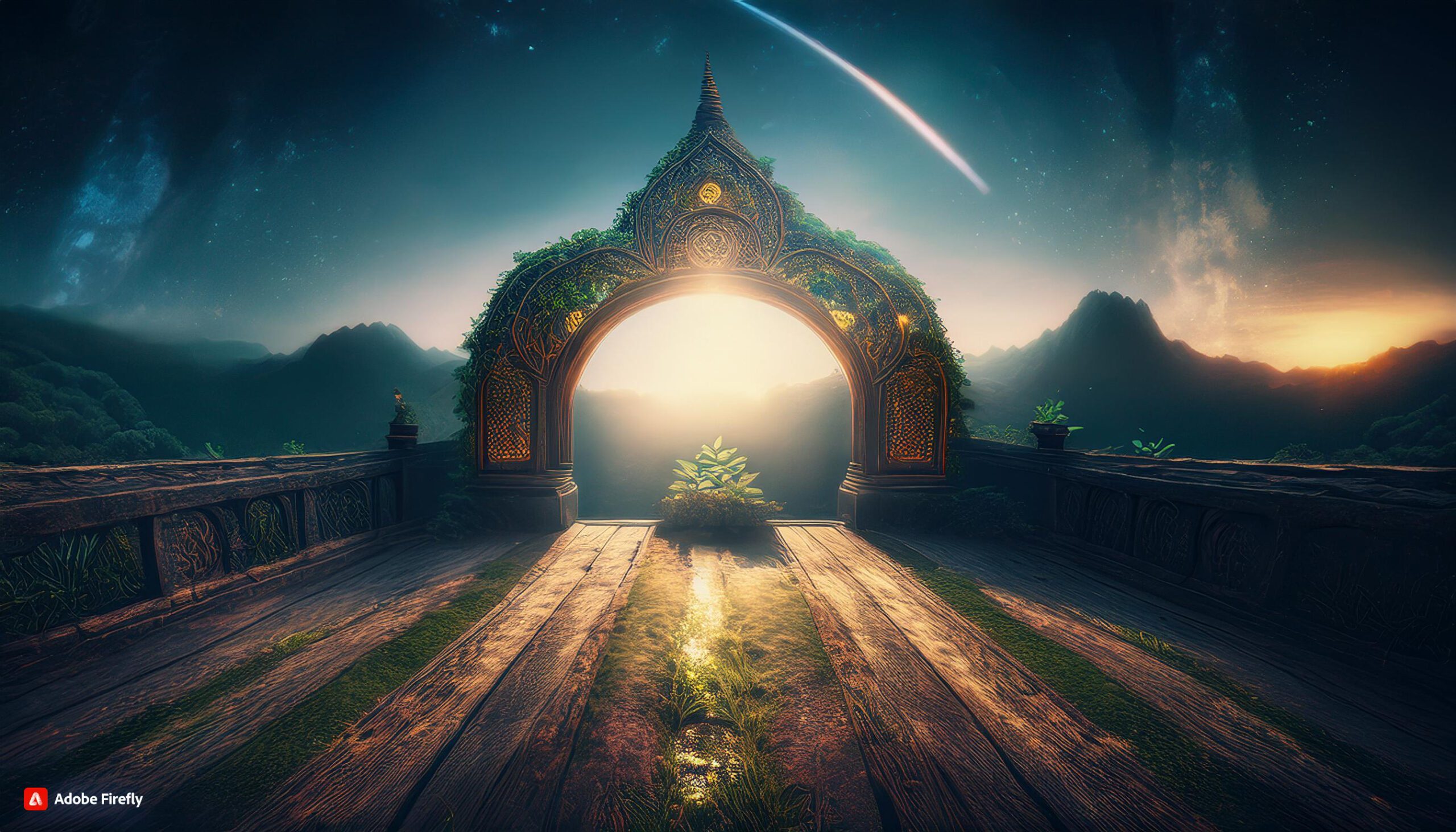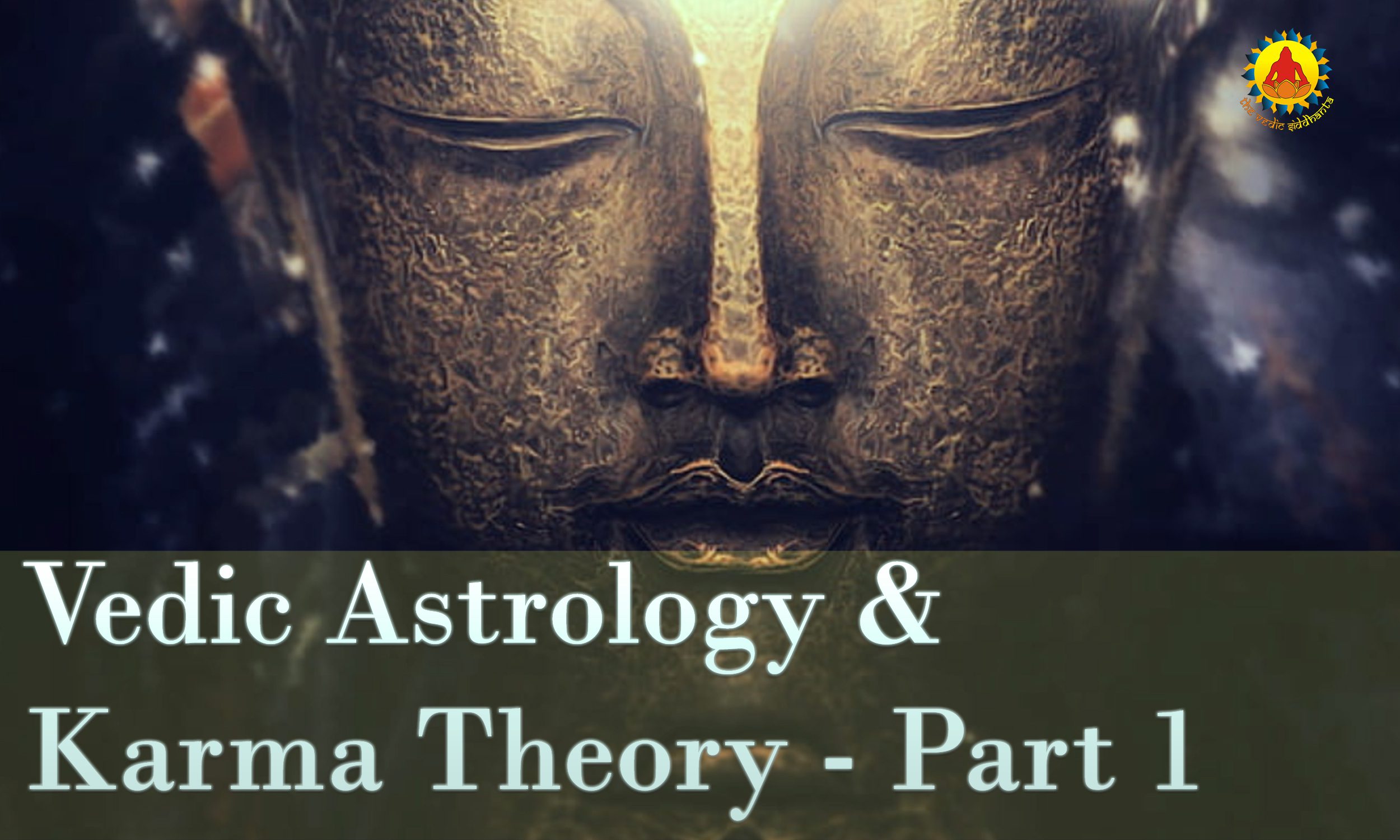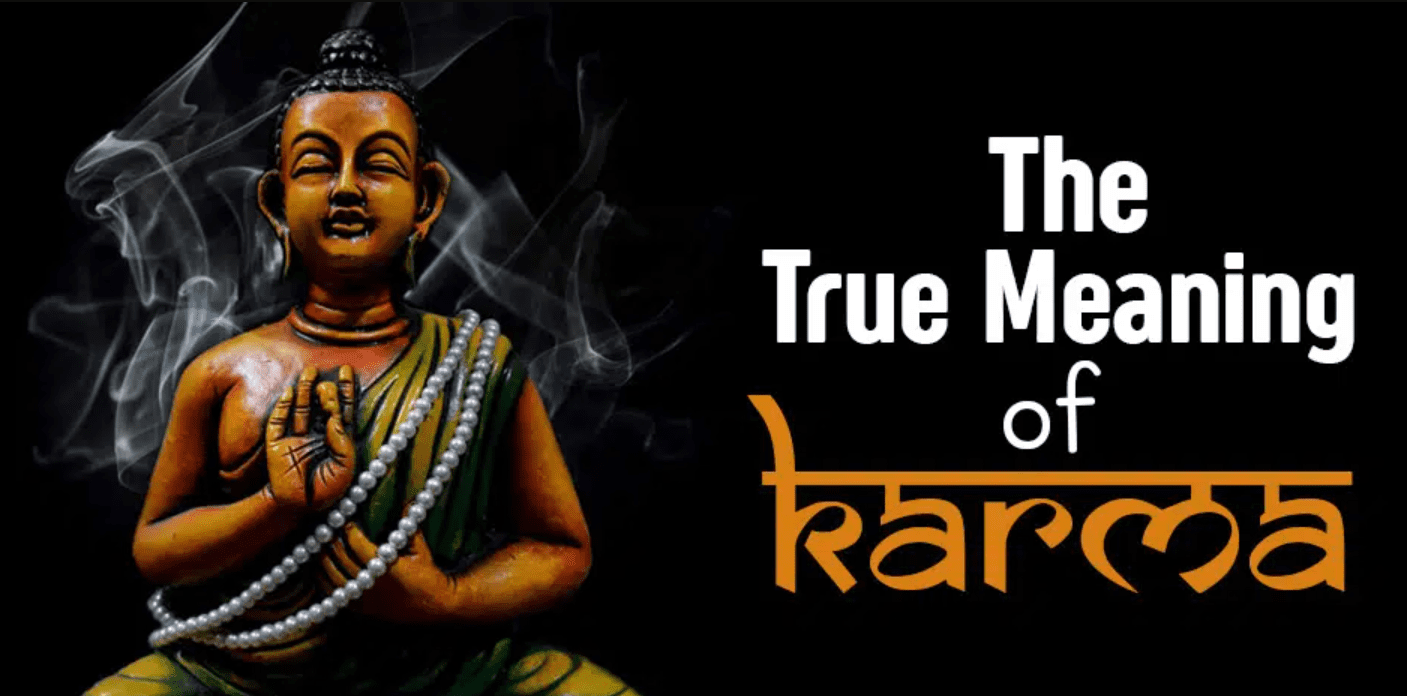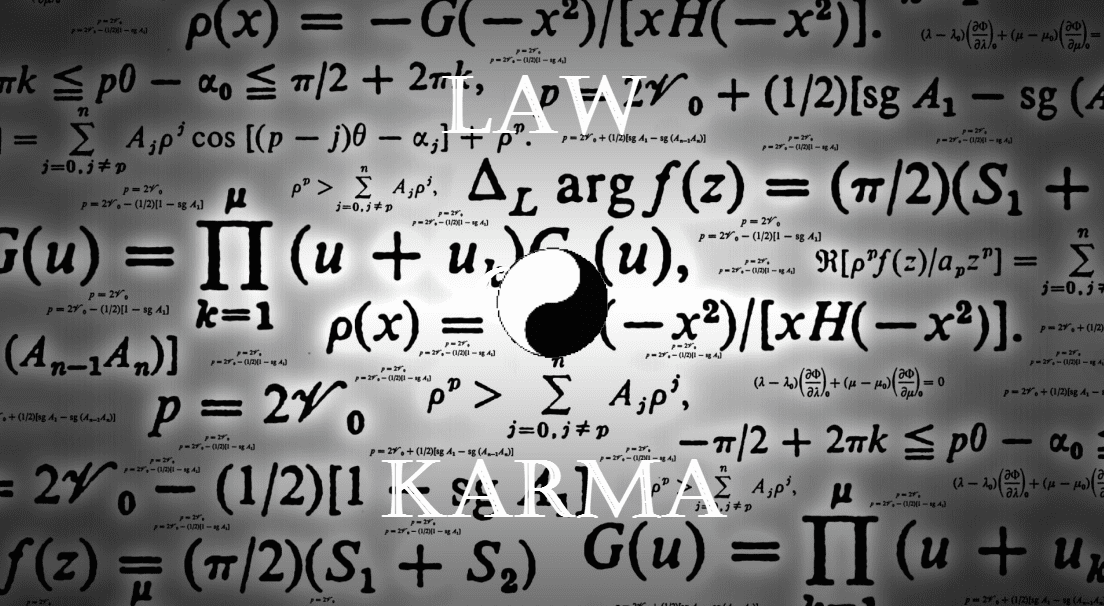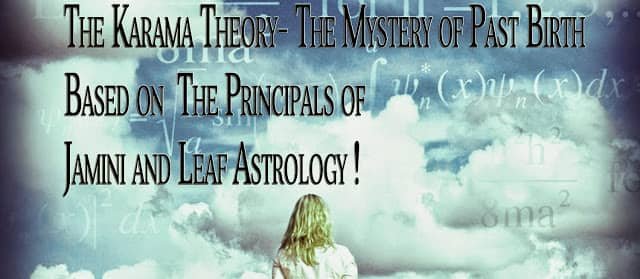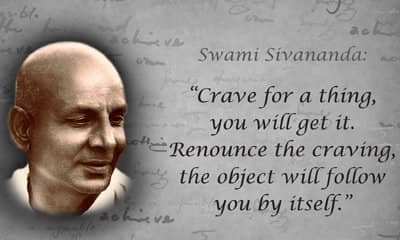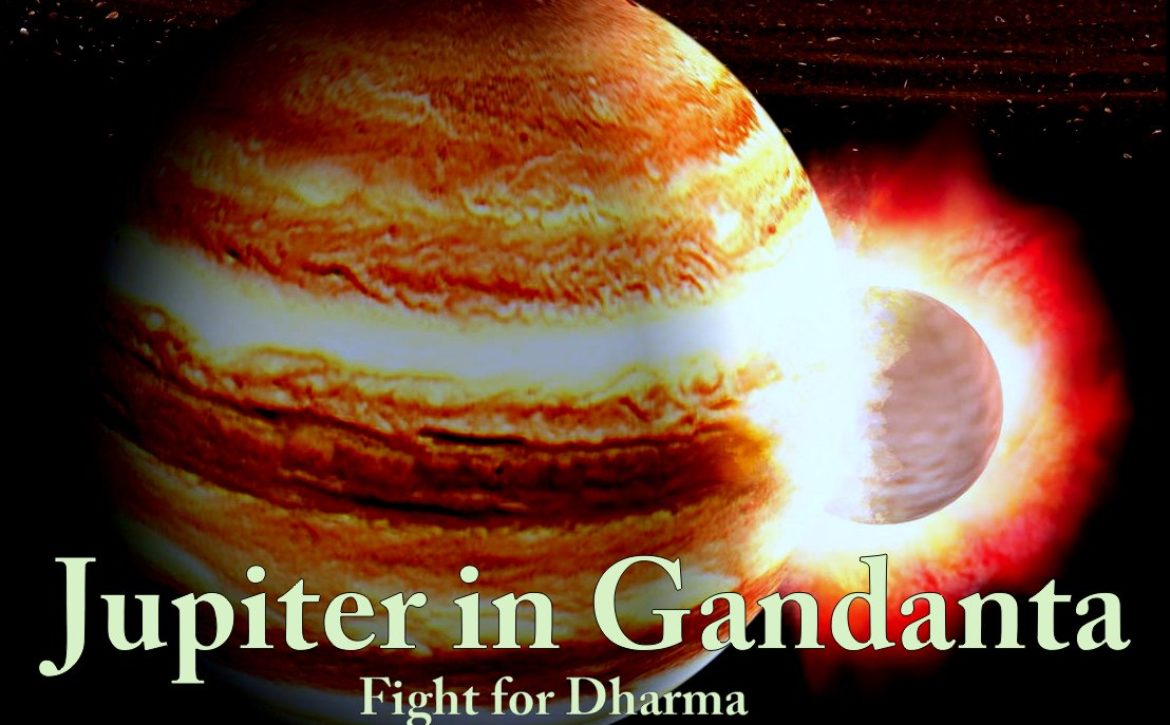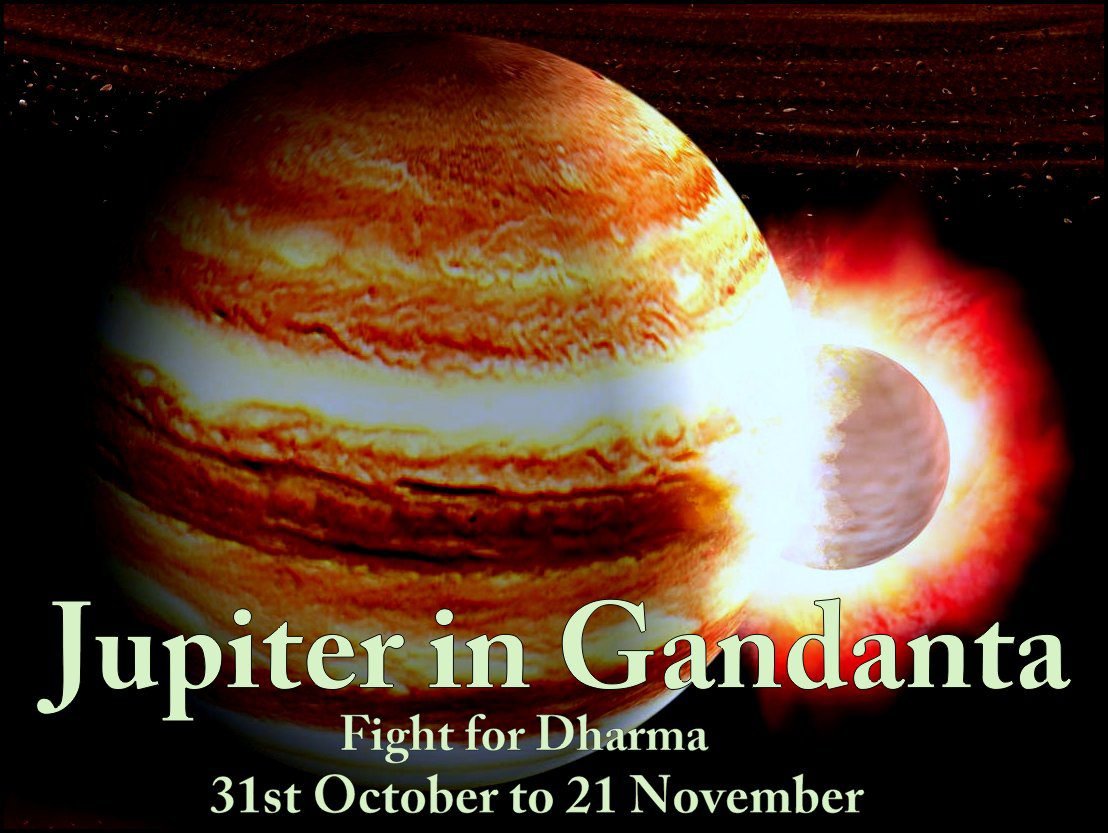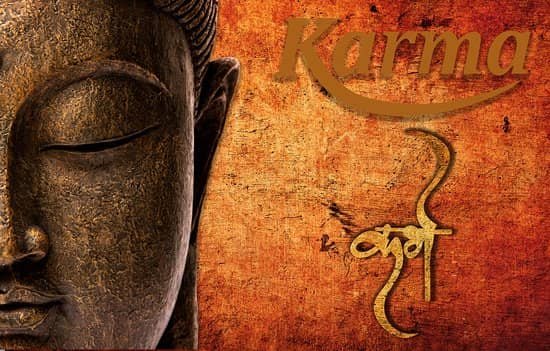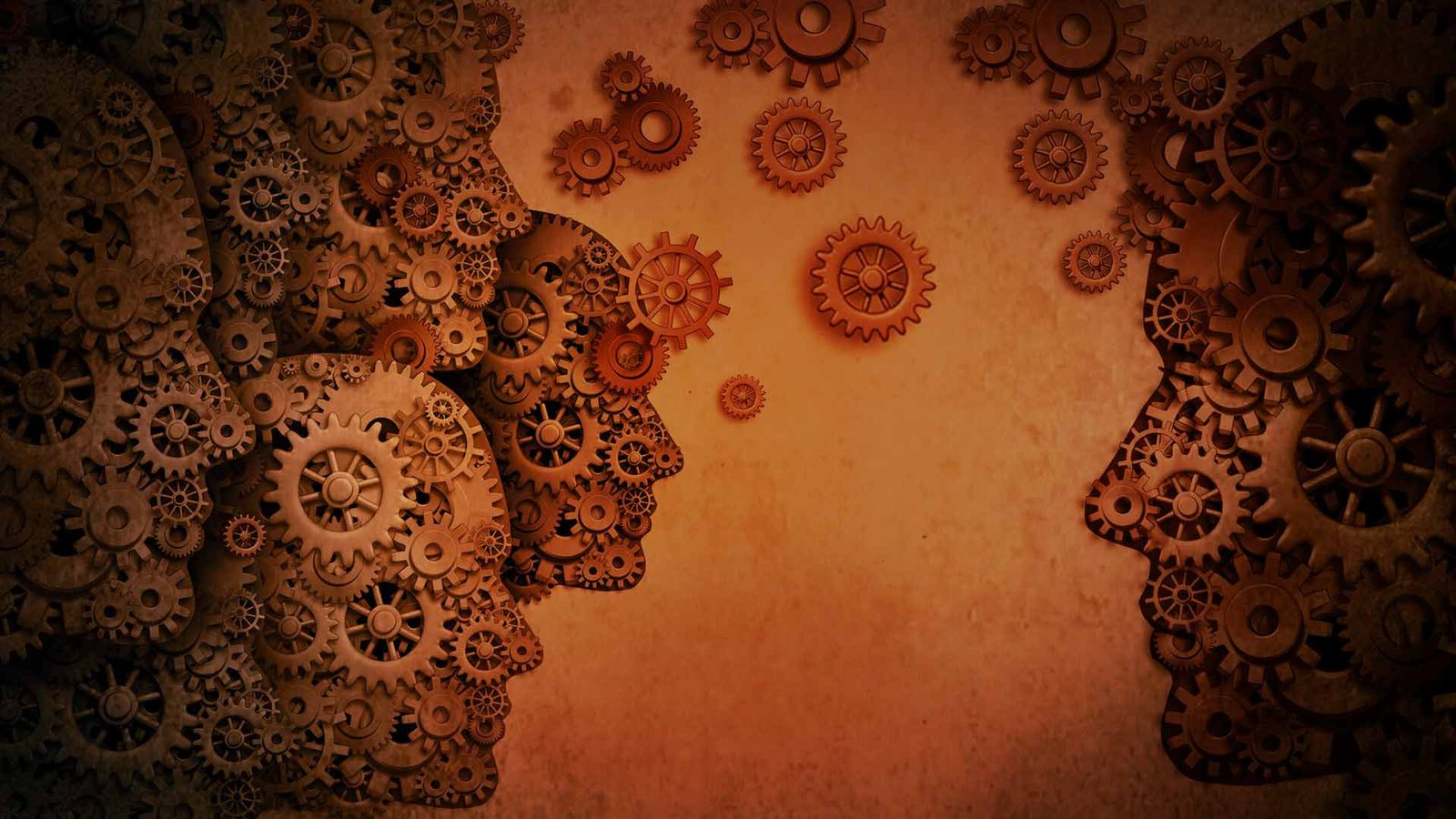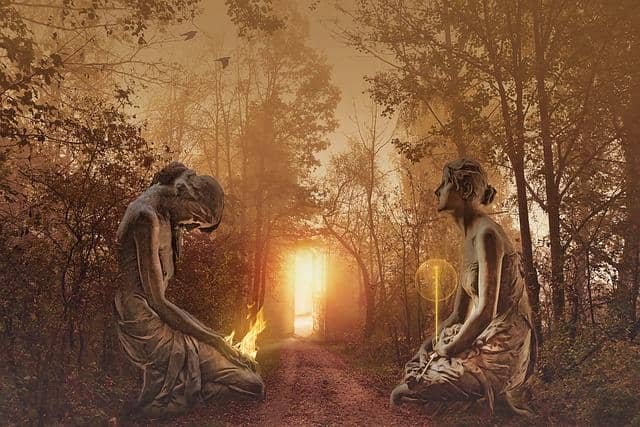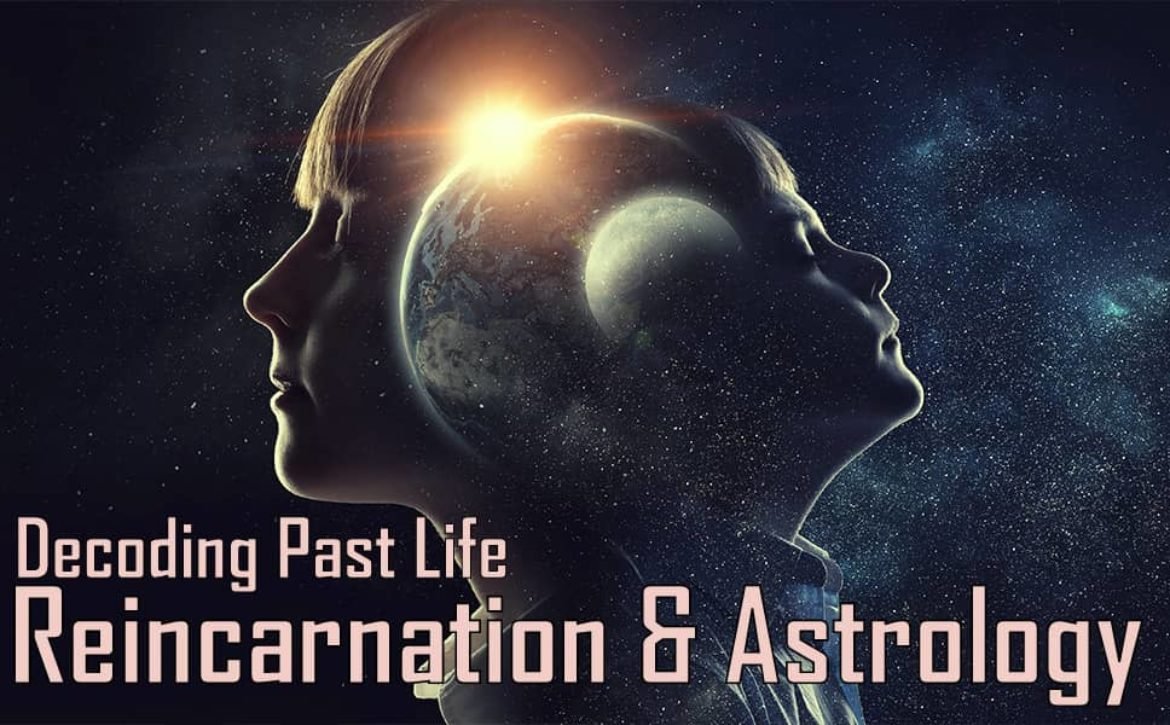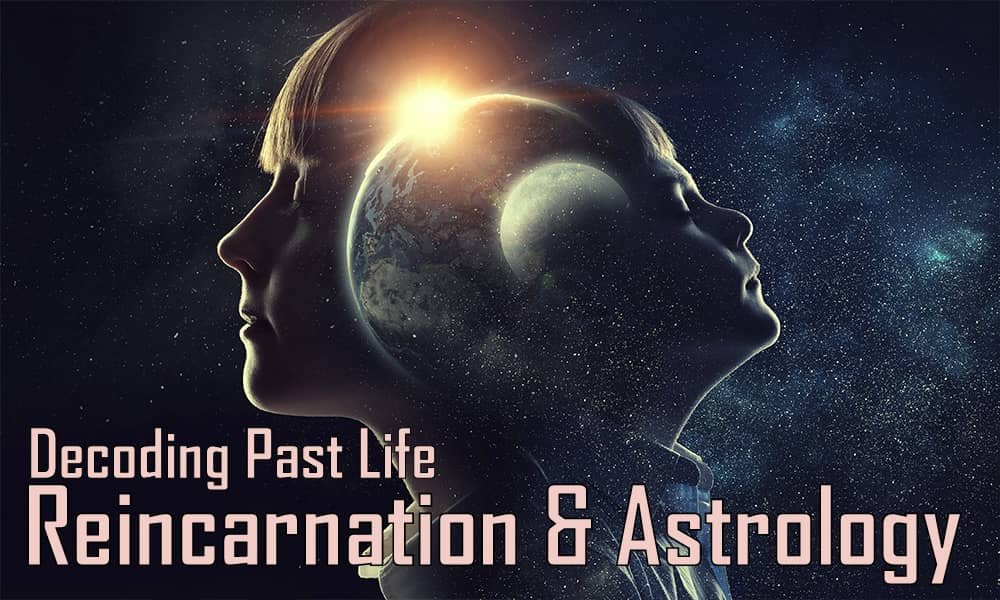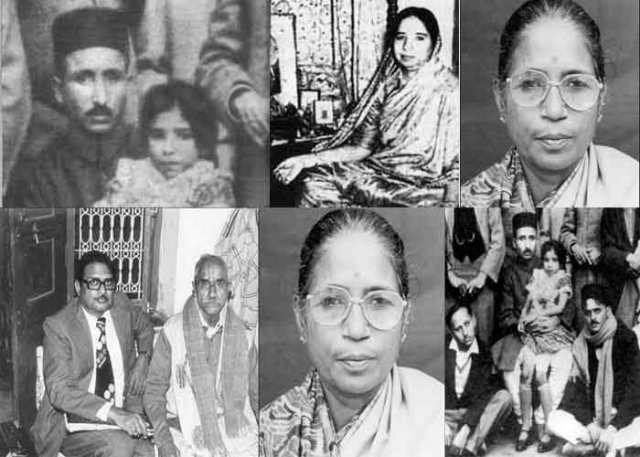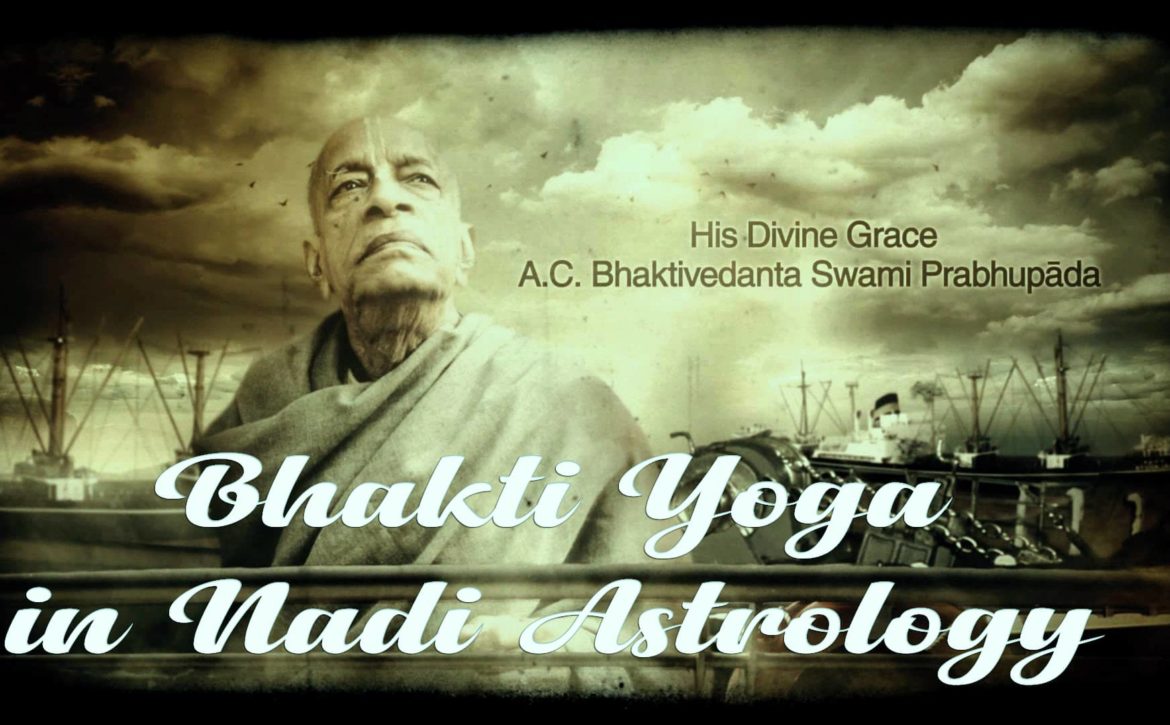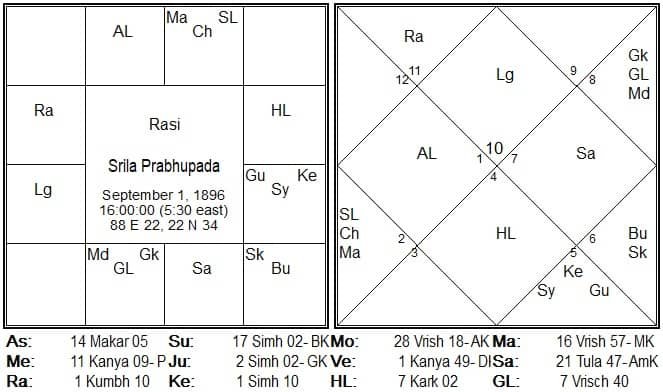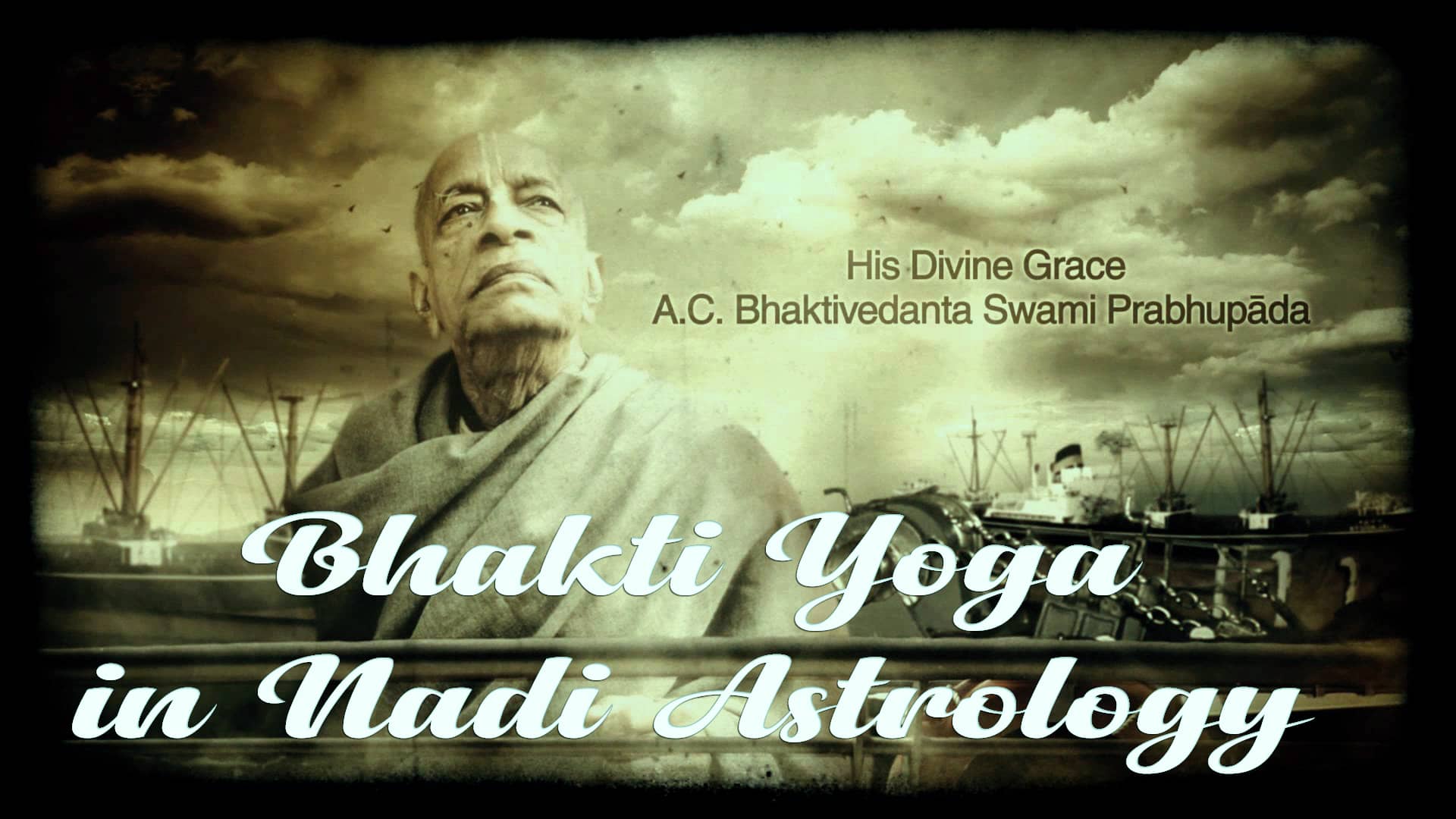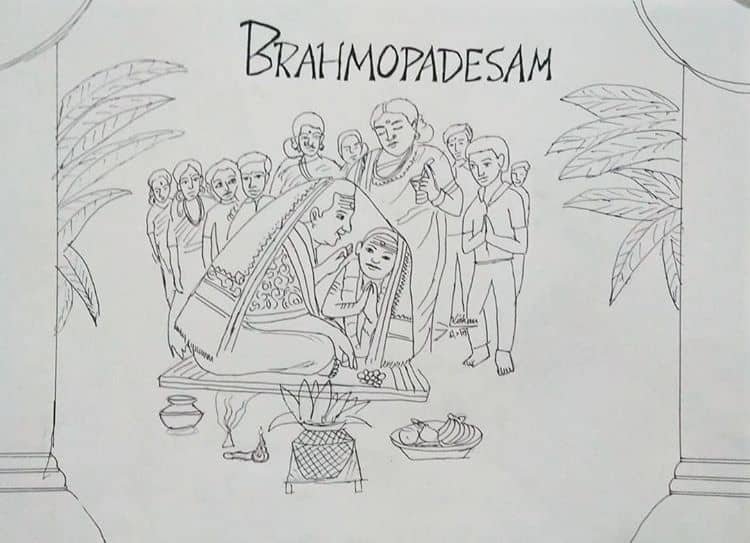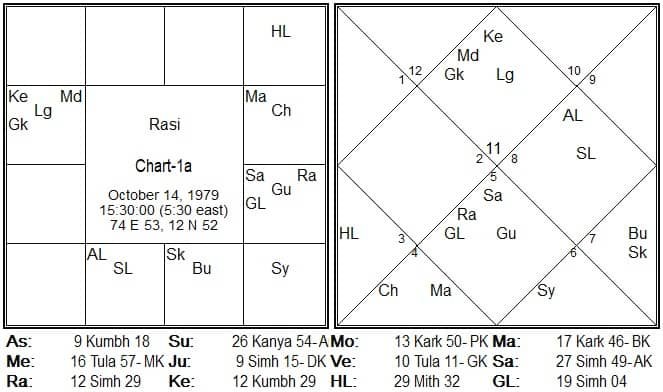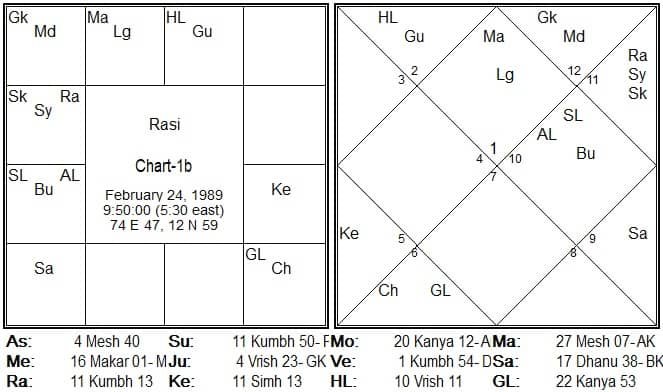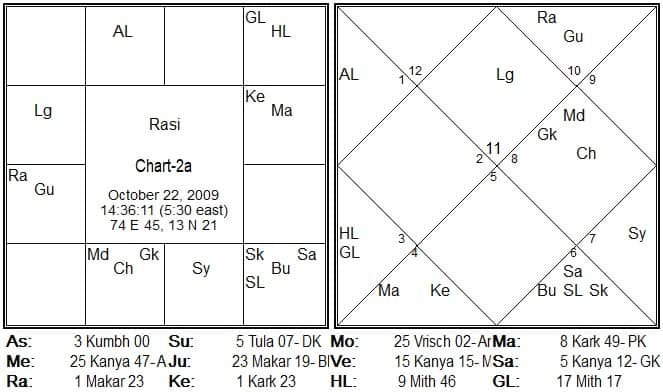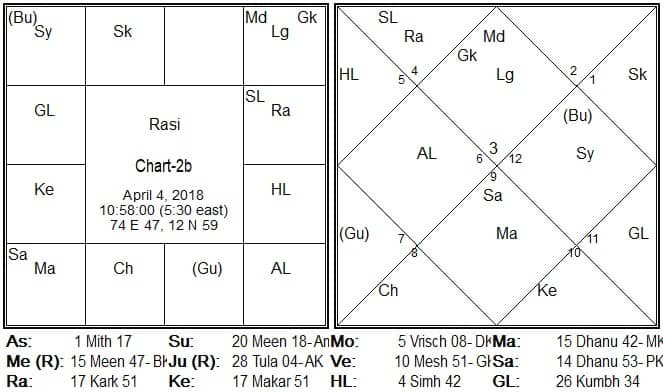Mystery of Past Life Astrology, Bhagavad Gita and decoding Cycle of Karma Part 3: Astrological case study of Past Life
Mystery of Past Life Astrology, Bhagavad Gita and decoding Cycle of Karma Part 3: Astrological case study of Past Life
In Hindu philosophy, the concept of Past life astrology and reincarnation signifies the continuous cycle of birth, death, and rebirth, known as samsara which is directly and directly linked with the deep philosophy of Bhagavad Gita and the cycle of karma. The ultimate goal of this cycle is to achieve moksha, or liberation, freeing oneself from the limitations of physical existence and the consequences of karma. Moksha represents the end of suffering and the realization of one’s true self, which transcends physical form. Understanding this purpose is essential for those seeking spiritual growth and enlightenment.
Paths of Liberation or Moksha
There are several paths outlined within the Vedic scriptures that individuals can pursue to attain moksha. These pathways include devotion (bhakti), knowledge (jnana), and disciplined practice (yoga). Each path offers unique ways to connect with the divine and foster self-awareness, ultimately leading to liberation from samsara. Devotion encourages a personal and emotional connection with God, enabling the transformation of the heart, while knowledge emphasises the understanding of the true nature of reality and self. Disciplined practice, often through meditation and ethical living, cultivates inner peace and helps individuals realise their spiritual potential.
The journey towards self-realisation is not merely about escaping the cycle of reincarnation; it involves deep inner transformation and alignment with dharma, which refers to one’s duty or righteousness. Dharma plays an integral role in determining the moral actions and choices that shape an individual’s life. By living in accordance with dharma, practitioners reinforce positive karmic patterns, facilitating their progression towards moksha. This adherence to one’s duty not only aids in the personal evolution of the self, but it also contributes to the harmony of the universe.
Ultimately, liberation from the cycle of reincarnation in Hinduism is a multifaceted journey that invites individuals to explore their spirituality from various angles. Through devotion, knowledge, and disciplined practice, seekers can uncover their true essence and establish a profound connection with the divine, paving the way towards moksha and spiritual enlightenment.
The Bhagavad Gita: Decoding Past Life Astrology, Karma Theory, and Reincarnation
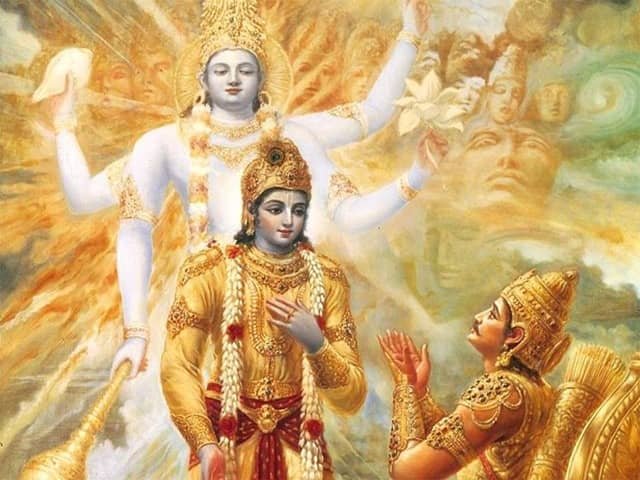
Let’s explore what our Divine scriptures says on past life mysteries and karmic issues?
Understanding Bhagavad gita : Reincarnation, Karma and the Past life Astrology clues ?
The Bhagavad-Gita serves as a primary source for acquiring foundational knowledge regarding the concept of Reincarnation, Karma and the Past life clues.
Soul, Karma and Bhagavad Gita
In the second chapter, Bhagwan Shiri Krishna elucidates the process by which the soul transmigrates from one physical form to another in a logical, straightforward, and comprehensible manner. This fact does not rely on subjective belief but may be comprehended and accepted through logical reasoning. In order to comprehend the concept of reincarnation, it is essential to possess a clear grasp of the distinction between the physical body and the metaphysical essence sometimes referred to as the soul.
Below are the quotes from the Bhagavad Gita that elucidate the true meaning of the soul and reincarnations:
"That which pervades the entire body you should know to be indestructible. No one is able to destroy that imperishable soul. " (Bhagavad Gita 2.17) "For the soul there is neither birth nor death at any time. He has not come into being, does not come into being, and will not come into being. He is unborn, eternal, ever-existing and primeval. He is not slain when the body is slain." (Bhagavad Gita 2.20) "The soul can never be cut to pieces by any weapon, nor burned by fire, nor moistened by water, nor withered by the wind.(Bhagavad Gita 2.23)
While the essence of the soul surpasses the boundaries of quantifiable material interactions, its existence can be apprehended through the utilization of the subsequent illustration. According to the text, the living being within the body, similar to the sun’s illumination of the universe, illuminates the entire body through consciousness.
Bhagavad Gita verse 13.34
"O son of Bharata, as the sun alone illuminates all this universe, so does the living entity, one within the body, illuminate the entire body by consciousness." (Bhagavad Gita 13.34)Meaning :
There exist multiple ideas pertaining to the concept of consciousness. In the Bhagavad-gita, an analogy is presented to illustrate the relationship between the sun and its radiance. Similar to how the sun, despite being located in a fixed position, radiates light throughout the entire cosmos, the soul, a minute spiritual being, while placed within the heart of the physical body, illuminates the entirety of the body through consciousness.
Consequently, consciousness serves as evidence for the existence of the soul, analogous to how sunlight or light serves as evidence for the presence of the sun. The presence of the soul within the corporeal form engenders a state of awareness that permeates the entirety of the body. Conversely, upon the departure of the soul from the physical vessel, consciousness ceases to exist. This concept can be comprehended readily by individuals possessing a high level of cognitive ability.
Hence, it can be argued that awareness does not arise as a result of the amalgamation of material components. It represents a characteristic displayed by an organism. The consciousness of an individual, while sharing qualitative similarities with the ultimate consciousness, does not possess the same level of supremacy. This is due to the fact that the consciousness of a specific body is not interconnected with the consciousness of another body.
However, the supersoul, which is present within all bodies as a companion to the individual soul, possesses awareness of all bodies. The distinction lies in the contrast between ultimate consciousness and individual consciousness. (Purport, Srila Prabhupada)
Reincarnation is a phenomenon characterized by the continuous transmigration of the soul into different corporeal forms. However, within Western cultural contexts, the term reincarnation predominantly denotes the ultimate transition of the soul into a novel physical vessel.
(As explained above in the Bhagavata Gita chapter 2nd, about deeper secrets of reincarnations and past life connections with our current well-being.)
Bhagavad gita Reincarnation, Chapter 8th
To understand in a better way, lets understand furthermore on its deep meaning from the bhagavata Gita chapter 8th, 6th verse on incarnations :
In the Eighth Chapter Sixth Verse Lord Krishna says: yaṁ yaṁ vāpi smaran bhāvaṁ tyajaty ante kalevaram taṁ tam evaiti kaunteya sadā tad-bhāva-bhāvitaḥ
Hence we can conclude that, From the profound words shared above, we gain insight into the clear interconnection between our past experiences and our present existence, manifested as karmic imprints. This understanding serves as the foundation for comprehending the profound wisdom encapsulated in the quote about the soul and the body, as elucidated in Chapter 2 of the esteemed Bhagawad Gita.
Lord Sri Krishna said in ‘The Bhagavad Gita’,
" vasamsi jirnani yatha vihaya navani grhnati naro
'paranitatha sarirani vihaya jirnany anyani samyati navani dehi "Meaning :
As a man throws away worn-out clothes and replaces them with new ones, so the dweller in the body throws away worn-out bodies and enters into others that are new.” Additionally, he has been quoted as saying, “The sins we committed in our previous lives come back to haunt us in the form of illnesses or ailments.”
Explanation Given By Yogananda in the above Verse :
Lord Shiri Krishna preaching to Arjuna in Chapter 2 | Samkhya Yoga | Verse 22
Whenever there is a need to do so, we remove our worn and/or soiled clothing and replace it with fresh and/or unworn clothing as we go about our everyday lives. In a same manner, the soul, also known as the atman, will eventually shed its old, worn-out physical body and move into a more recent physical body at predetermined intervals during the course of time. The state of our physical body, which degrades with the passage of time and is therefore ephemeral, does not accurately represent the actually unchanging and permanent nature of the soul that sits within it. This is true in the same way that the clothing that we wear do not accurately represent the real state of our physical body.
The eternal does not travel from one location to another, but the soul that is embodied does so, going from one body to another. Each time, it gives birth to itself and builds a mind, a life, and a body for itself out of the components of nature, in accordance with its previous evolution and the requirements it will have in the years to come. The vijnana is the psychic being, and it is responsible for sustaining the threefold manifestation of body, life, and mind. When the gross physical body is no longer present, the vital and mental sheaths will still be present to serve as the vehicle for the soul. The cycle of life always begins again. There is a literal link that can be drawn between all of the many types of life. “A mortal matures like corn, and like corn, he is reborn over and over again.
This passage makes reference to the concept of rebirth, which is central to the Hindu religious tradition. In this passage, death is analogized to the process of replacing an old, worn-out clothing with a brand-new one. When a disease takes hold of the body and it reaches old age, the immortal soul abandons the body in favour of a new form. Simply put, death is nothing more than an alteration of one’s appearance inside the unbroken flow of eternity.
(The Bhagavad Gita Vol I, Parmahansa Yoganada, p. 218)
Soul strength, Death, and Reincarnation
Lord Shiri Krishna preaching to Arjuna in Chapter 2 | Samkhya Yoga | Verse 23
नैनं छिन्दन्ति शस्त्राणि नैनं दहति पावकः।न चैनं क्लेदयन्त्यापो न शोषयति मारुतः।।The so-called atman ( Soul ) is immune to harm from weapons, and due to the fact that it lacks both form and shape, it is not possible for any tool to sever it into smaller parts. In the same way, fire is unable to cause it to burn or be destroyed. Because it can only operate on things that have a physical description or dimension, water is unable to wet it. Water can only act on things that have a physical description or dimension. Wind is unable to either dry it out or apply any kind of force on it for the same reason. Therefore, the atman is immune to the effects of the three fundamental forces—fire, water, and wind—any of which are able to have an impact on entities that have a physical form and can be described.
अच्छेद्योऽयमदाह्योऽयमक्लेद्योऽशोष्य ऐव च।नित्यः सर्वगतः स्थाणुरचलोऽयं सनातनः।।The atman, dear seeker, is impervious to the forces of cutting, burning, decay, and drying out. The five forces of nature, known for their immense power to dismantle physical elements through their synergistic actions, hold no sway over the aatman. It is often called nitya, for it embodies the essence of permanence and unchangeability. The state of permanence bestows upon it the profound abilities of omnipresence, omniscience, and unwavering stability. Behold the profound essence of stability that permeates this very existence, for it is this unwavering quality that bestows upon it the divine attribute of immovability. The eternal self, known as the aatman, is aptly hailed as Sanatana, a term synonymous with the ancient and timeless path of Hinduism, also known as Sanatana dharma. Ah, dear seeker of wisdom, allow me to enlighten you on the profound meaning of Sanatana. It is a sacred term that embodies the essence of existence itself, for it signifies that which transcends the boundaries of creation and destruction, existing eternally in the realm of time immemorial.
अव्यक्तोऽयमचिन्त्योऽयमविकार्योऽयमुच्यते। तस्मादेवं विदित्वैनं नानुशोचितुमहर्सि।। Shaloka 25, chapter 2 Explanation:
जातस्य हि ध्रुवो मृत्युर्ध्रुवं जन्म मृतस्य च।तस्मादपरिहार्येऽर्थे न त्वं शोचितुमहर्सि।।Shaloka 27, chapter 2 Explanation:For one who has taken birth, death is certain and for one who has died, birth is certain. Therefore in an inevitable situation, understanding should prevail.Conclusion :
The reiteration of life’s cycles is made abundantly plain in this final lyric. Both birth and death are inevitable parts of the human experience. In the autumn, the leaves become vibrant shades of red, yellow, and orange before falling to the ground and going dormant until the following year.
This cycle repeats itself every year, beginning with the growth of new buds in the spring, which then develop into flowers and leaves in the summer. Finally, in the autumn, the leaves turn fiery colours such as red, yellow, and orange before falling to the ground. In a similar manner, the soul joins new bodies during its stages of childhood, adolescence, maturity, and old age.
At the conclusion of its cycle of life, the soul is reborn and accepts a new body to use for the next phase of its existence. This is an unavoidable process that occurs throughout material existence; it is also the mechanism that determines the natural order of birth and death. This reality is perfectly followed by every entity that has ever been in the material manifestation.
This makes it abundantly evident what is carried over from life to life by the soul: Karama and the memory of how it was connected in each and every birth, regardless of whether the soul lives through another cycle on the material plane or not. This is another evidence that the soul is immortal and that it is always connected to the actions that it performs. It is possible to solve its riddle with the assistance of reincarnation and the process of rebirth, and it is the primary driving force behind the previous birth.
After gaining an understanding of the spiritual realm of past life karma, the soul journey, and reincarnation, I am now going to explain the events of the past life of a native in a narrative story and cast study form to imagine and fantasize the beauty of both Astrology and this case study . These events will be known from acquaintances who have gone through the trauma of prior lives’ worth of karmic issues, and this study will focus on that particular individual.
This native went through the process of past life regression (PLR) in order to get over the traumatic experience and recognize a profound connection with a previous life in order to find a solution to these birth-life troubles. PLR helps natives find answers to problems that have been plaguing them since birth.
Exploring Past Life Karma: An Astrological Case Study
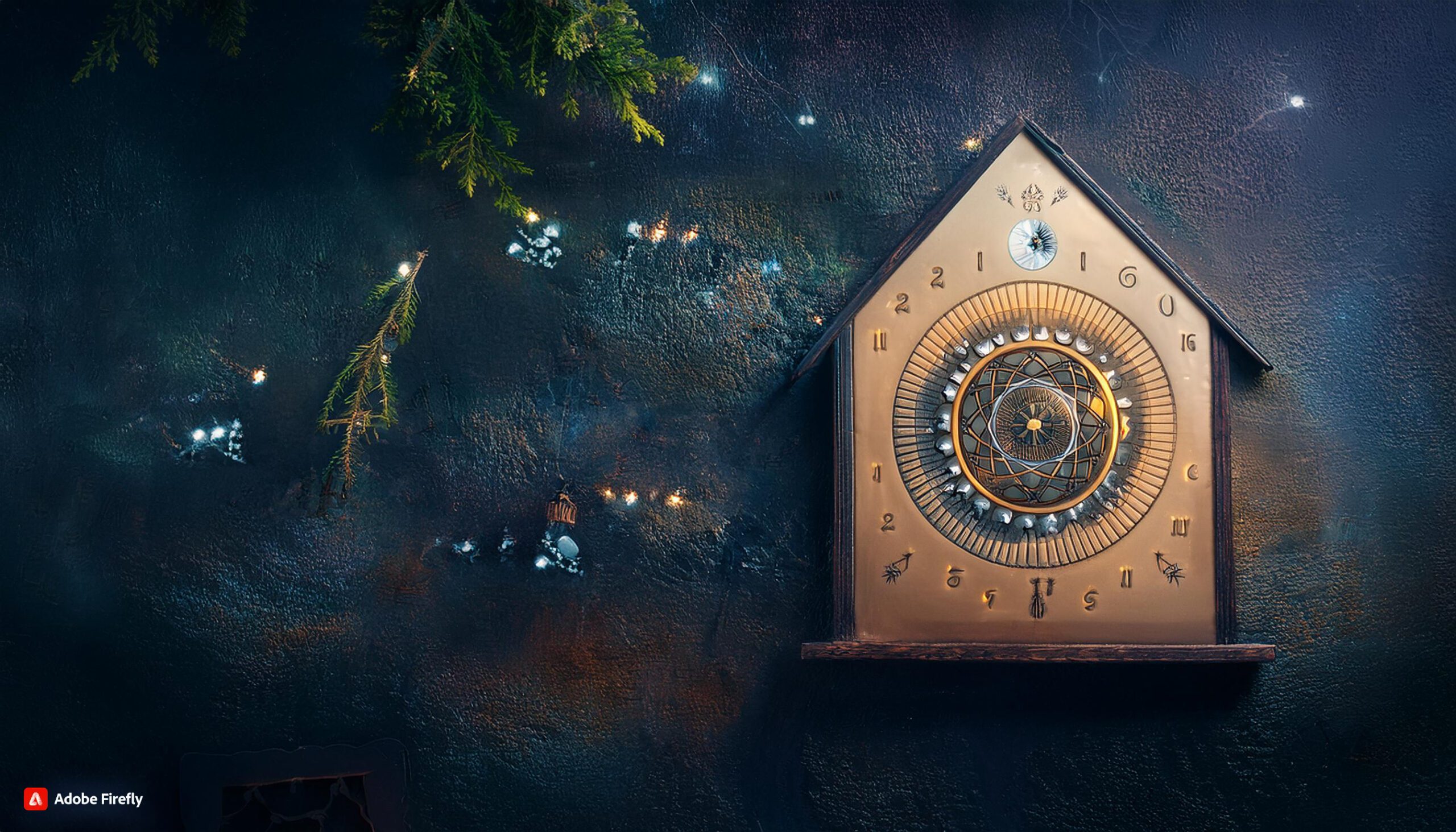
Have you ever wondered how your past lives influence your current existence? In vedic astrology, the concept of past life karma delves into the deeds and experiences from previous incarnations that shape our present fate. By analyzing one’s astrological chart, we can uncover clues about unresolved karmic lessons that echo through time.
Reincarnation is the belief that can help us to understand how our souls experience multiple lives, allowing us to learn and grow. Each life presents unique challenges that help us evolve spiritually. Using astrological insights, we can identify which past life events may be affecting our current karma. Understanding the connections between these lives can provide clarity and guidance, making the journey of self-discovery that much richer.
The Saturn, Mysterious Shani Sadesati and Karmic Remedies : Therapeutic Guide of Saturn – Part 2
Case Study: Unravelling Past Life Events
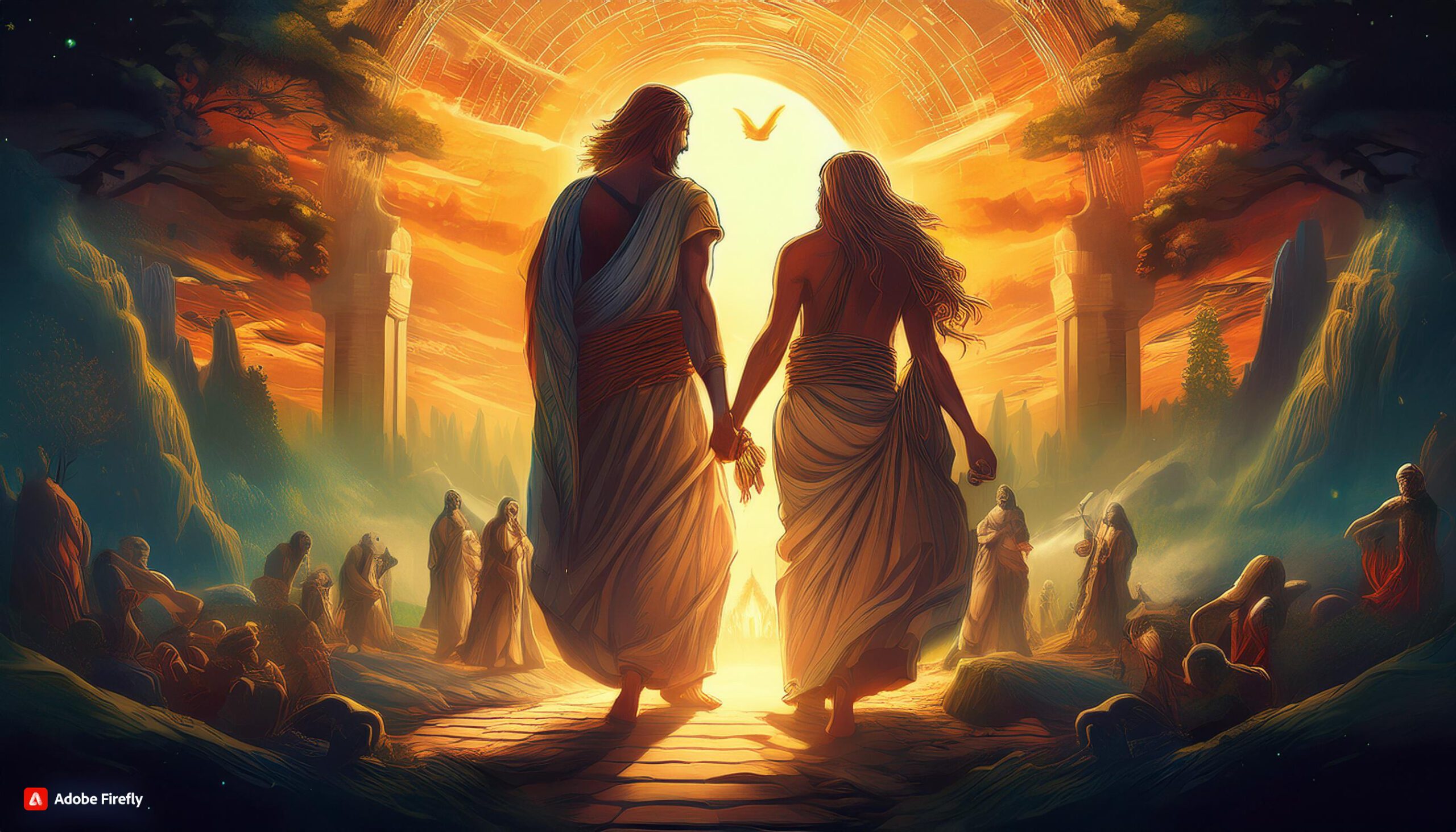
Let’s explore a hypothetical case study where an individual seeks to understand their relationship with fear. By analysing their natal chart, we find prominent placements that suggest anxiety stemming from a past life where they faced turmoil. This astrological reading brings to light significant past life events, indicating lessons of courage and overcoming adversity. This connection not only offers insight into present challenges but also reveals a roadmap for healing.
Astrological case studies are invaluable learning tools, allowing us to connect dots between our past lives and present experiences. As we embrace our journey through past life karma, we empower ourselves to break free from limiting patterns and grow into the best versions of ourselves.
Understanding Native Mystery of Past Life events ?
Case Study: Beginning of Situation and Problems: Deep Rooted Past Karmic Results of Native as Explained Astrologically:
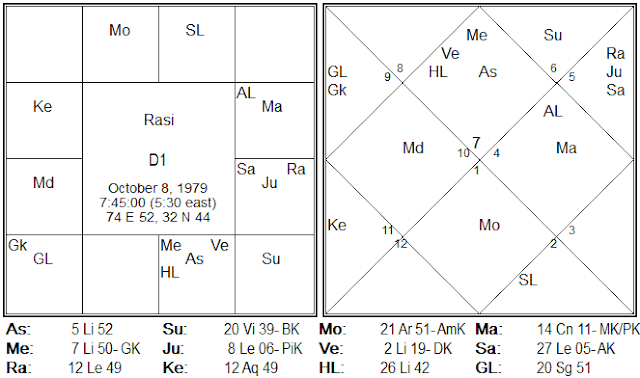
How to Know about Past Life ?
Presented here is an authentic case study involving an individual personally acquainted with the author, whose personal name will remain undisclosed. The individual in question underwent past-life regression therapy in response to the occurrence of unforeseen painful circumstances subsequent to their marriage during the years 2008-2009.
The present inquiry pertains to the causal factors underlying the sequence of events subsequent to the act of matrimony.
Beginning of Native Life experiences : Exploring Past life
Early Native Early Life experiences (the years 2002 to 2008)
Native was a student who performed about average in his classes, but he had an excellent and sharp memory that enabled him to solve difficult puzzles and technical scenarios in any live sailing with his presence of mind. During the course of his professional journeys as a Marchant Navy Sailor, that native explained to me that he has to experience many difficult life-threatening challenges during difficult and critical situations when it was a matter of life and death in front of native decision-making.
Life started taking a sudden bend after the start of Mars Mahadasha in 2002, native left his studies in the middle of their completion and joined the Merchant Navy, where he started his journey through the oceans and visited many countries for his professional pursuits.
Everything was going well after 2002 onward (after the beginning of his mars dasha), long journeys travelling and comfortable life ( that one can see via the exchange of 7th and 10th lord , moon & Mars and both are in moveable signs )but suddenly there was a major shift or change in his destiny and there was a triggered change in his life.
It was the time of Prarbadha—karma of the past life—came into the picture in native life when the native marriage ceremony got fixed on September 10, 2008. Soon after the month, problems started cropping up in their marriage life; day-to-day issues started triggering, and there were tones of heated arguments that started getting ignited like a fiery flame in their marriage life, which even led to physical violence and abuse between the couples.
Before the marriage instance happened to take place, I was planning to leave my hometown for New Delhi to join my new office in the first month of October 2008. Before leaving, I had clearly warned the native about his upcoming marriage life events, saying that he needs to be cautious in his marriage as it can be very fatal for him and it can take the shape of a war zone like Mahabharata between two families after October 2008 to December 2008, and maybe the situation can become worse soon after, which can lead to legal separation and harassment from police or government authorities.
My calculations and observations lead me to believe that both partners may have already parted ways prior to the start of 2009, and that they have not gotten back together to form a family unit since that time. After walking away from the relationship in the middle of its course, the native may be able to resume his life as a sailor sometime after February 2009; however, the likelihood of this happening is so remote that the native may never return to his home country to pursue the resumption of his marriage.
At that time, Native expressed his appreciation for all of my guidance and suggestions, and he gave me his word that he would adhere to all of my recommendations with complete commitment. I advised him that he should make every effort to steer clear of situations that have the potential to make his married life a shambles in the future.
The Destiny Point of Past Life : The Point when Prarbadha Karama Triggered
But fate is fate, and Prabhadha Karama fulfilled its function in the lives of the natives. A major argument that broke out between two different couples in the month of October in the year 2008 was the spark that started a dispute that grew like a ferocious snake and ultimately resulted in both physical and verbal abuse between the different couples.
It was like a daily routine for both of them, and there was no hope seen between them, which might have been when it could stop. The entire family went through trauma as a result of the ongoing physical violence and abuse that was taking place between the couples. The verbal and physical altercations could not be avoided or stopped in any way. There was never a moment in time when harmony prevailed among the members of the family.
After Marriage: The Experience of Prarabhda Karma, or “The Reaping of the Fruits”
The family lives of both couples were severely disrupted up until December 2008, but on the first day of February 2009, the situation between them reached a new level of insanity and took on a more serious form. It was very difficult for the native to avoid experiencing such mental anguish while still married, so he made the difficult decision to leave his spouse and move on to join the ship in order to put an end to all of the suffering he had been going through in the middle of his life.
Date of Occurrence: Karma Was Activated
The prophecy was fulfilled:Because of all the frustrations and suffering that were triggered in Native’s marriage life shortly after the ceremony, he made the decision to leave his spouse and join Ship in the middle of his journey in February 2009 so that he could continue on with his journey. However, time has determined another aspect of native life, and that is the ultimate fate of both of the couples who are still to come. After deserting the spouse in the middle of the act, it was now time to endure suffering for the indigenous family as well.
As a means of exacting revenge on the native family and his conduct towards her husband, the native spouse came to the conclusion that she would, with the assistance of his brother, bring a legal action against the entire family, accusing them of dowry abuse and physical violence. Within a few days, the police took action against the native family, and they began harassing the family members one at a time as if they had a personal grudge against them. This harassment extended to my closest friend, who was the younger brother of the native and had no part in the relationship mess.
What do we call it when we have a more in-depth understanding of it?
What was the error that he made?
Even though he had nothing to do with creating the mess, he was still made to endure all of this suffering and dishonor.
Is this not the result of his previous karmas or the deeds he committed in a previous life?
Think about it in great detail.
The process of torturing a native family by members of the police department continued to escalate on a daily basis, leaving the entire family in a state of great trauma and shock. In the meantime, a court case was opened against members of the family, and the issues flared up like a blazing spark.
There was no way to comprehend the predicament or identify the nature of the events that were taking place to them. The members of the family were all in a state of shock, and there was no information or course of action that they could take for themselves at this point.
My friend would frequently come to me with questions such as, “Why did everything start going wrong all of a sudden, and they had no choices left for them? “
“What would be the deepest reason to think further about it, why, and how everything was happening with them without their fault?”, and
“What would be the deepest reason to think further about it, why, and how everything was happening with them without their fault?”
While the members of the family were going through the tormenting phase as a result of the spouse’s personal matter of revenge and unethical behaviour towards them, the police department further began doing their extra-threatening work in order to create a situation or environment of fear among the whole family.
This was accomplished with the assistance of an extra push given by the spouse’s elder brother, who was also an on-duty senior police officer but was posted in some other location. Native professional life had reached a point where there was no way forward while family members were preoccupied with the court case and police actions. Because the visa was going to be revoked in a matter of weeks, the native was required to renew it at any cost in order to continue working in the country.
But what exactly is it about his life that is a secret ?
Absolutely no one can be aware of it !
The native felt as though everything in his life was caught in the middle, with no way to move forward, and he was in a condition in which he had no choice left to do anything with the assistance of members in authority; it more closely resembled a situation in which he had nothing in hand.
The New Phase of Life, Unfolding Past life Astrology : Beginning of Rahu Dasha in 2009

Finally, with the beginning of the first phase (Rahu PD) in Rahu Mahadasha approximately in December 2009, the native was forced to leave his ship because he was unsuccessful in renewing the visa and passport in time due to some financial and unknown reasons (Rahu in the Bhadhak Sthan in the 11th house conjoined with 5th Lord Saturn and 3rd Lord Jupiter).
He decided further that he should move back to India for some relief and take help from his brother for some Once more, the hand of fate was at work not long after the event described above. Because the native was absent from all of the court hearings for an entire year, the case took on a very dangerous tone during that time. This was due to the fact that the native was not present for any of the hearings during that time.
The court reached a decision and declared him a fugitive; as a result, he will be required to serve a sentence or make an appearance in court for further clarification and penalties whenever and wherever he will be seen or found in India.
The native was once again thrown into a state of shock as a result of the decision made by the court. In the deep dilemmas of his life, where one must think deeply and he is left with no clue in his hand, it was more like a state of zero, and every corner was seen as the dark side of life. In this situation, one has no other choice but to think about what to do next, where to go, and how to proceed in life in a better way.
Native made the decision to remain on the opposite side of India, and he began living with the sister of his cousin. He also frequently used to live with his friend. The native’s primary preoccupation was finding a way to secure both his professional and financial futures, as he was actively seeking out a variety of employment opportunities that he was qualified for.
During this time, Native made the decision to renew his passport and visa in India; however, once again, the dots of his destiny and Prarabdha played their roles, and he ended up losing his passport in a sense; no one is sure where he left it all. It was yet another setback and a startling realisation for him at that moment. Because of this, he was completely perplexed about what action to take next.
Native was trying very hard to approach some of his friends for assistance, for the purpose of obtaining any links or clues to get settled in India; however, his friends’ behaviour was a bit unusual and different towards him, and Native felt cheated from his inner core by those whom once looked very needy to get jobs in the Merchant Navy sector;
Native had always forwarded his hands in their hard times and given them as much as helping hands, like when you feel like an angel appears suddenly in a situation in which you are struggling; But in this scenario, things were a little bit different; friends were more likely to appear to be enemies, or it can be said that they were acting like devils in darkness, appearing as though they were wearing a devil advocate coat with a friendly face. They did not offer any assistance to him and flatly refused to do so, acting in accordance with the double standard that is typically upheld by society in times of crisis.
In the meantime, when I returned to my hometown after being away for a few months, my native brother approached me and continued to contact me in order to explain his entire mystery, which was the story of various traumas and shocks that had occurred to members of their family.
After hearing what he had to say, I made the decision to offer him some Vedic suggestions, and I advised the native to adhere to all of these suggestions with the utmost diligence in order to reach Lord Shiva.
After using the remedies for a number of months, his entire outlook and perception of living life like a king shifted into the path of severe spiritualism, and he experienced a significant personal transformation as a result.
Failures and self-desires brought about significant growth in him. native began practising intense worship of Lord Shiva, which resulted in a complete transformation of his subconscious mind and bestowed upon him a refocused perspective on his life, including his finances, his family, his wealth, and his relationships. That moment (the activation of the Atma Karka Graha) served as the turning point in his life for self-awareness.
The beginning of Accumulated Karamas – The Sanchit Karama ( Good deeds- The Fruits of Life)
Now, here is the picture of a native good Sanchit Karama who, for some reason, was able to make a new passport and got a new job in another country, but in the marketing and sales sector of that country. After many months and years of hard work, he was happy to receive this new surprise in his life. Despite the fact that he did not choose his work, he was happy to receive it.
Native was bringing in lakhs every month thanks to his work in the Merchant Navy. Here, Native started his career path again, but this time from the ground up, and began earning thousands of dollars so that he could begin his new life with a newfound sense of hope. In the meantime, the legal proceeding was also taking place in India, and the brother was managing it in some way with a good strategy. On numerous occasions, natives have inquired as to why everything is taking place to him and his family, including his personal and professional lives, and what caused it to take place.
My response has been the same from the beginning: there has been no change in it; it is all due to the Prarabdha Karama of the previous life that one must suffer either in this birth or possibly in the next birth. In any event, one is required to use up all of their karma. In addition to this, it is recommended that natives go through the process of past-life regression therapy with knowledgeable spiritual masters who are working in their profession with integrity. In accordance with the recommendation, Native participated in a session of past-life regression therapy in New Delhi with a knowledgeable master.
It was more like a ray of hope to resolve his case now that things were clearer to me after studying the process of the native’s past life regression therapy. Just as we see a bright light emerging out of the dark and dense clouds, this was like a ray of hope to resolve his case. The findings have a profound impact on me, and it is extremely challenging for me to accept them as true and make sense of them.
Later, when I tried to evaluate the same with a native horoscope, I was feeling quite amazed and surprised by the brilliance of the astrological principles, and the results gave me the assurance and authenticity of the sutras—how the Nadi Jyotish and Jamini Sutra concepts are so precious and accurate, and how well they are explaining the whole process of past birth karmas.
I was feeling quite amazed and surprised by the brilliance of the astrological principles. Once more, Shows, After analysing the entire situation of the chart, I discovered that our sages were never wrong in any of their theories or sutras for explaining its essence. This is something that I learned, and after doing so, I am now pretty sure about both the fact that it is true and how brilliantly Vedic astrology will be at that time.
Conclusion:
References, Sources, and links:
Views: 266

